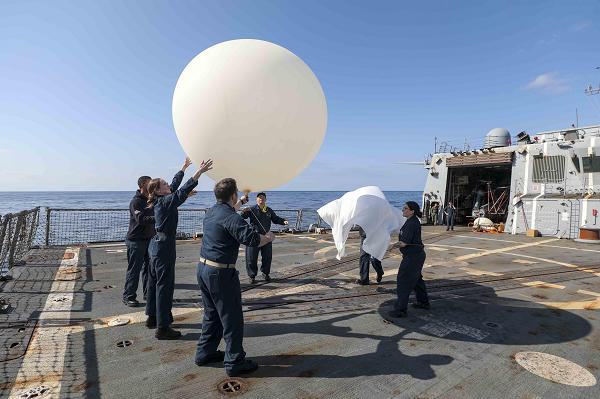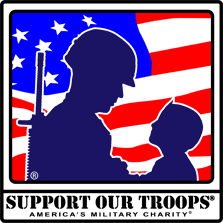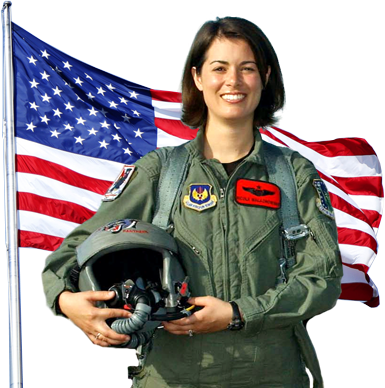
Pacific Ocean. (January 23, 2025): In today’s world of highly advanced aircraft, the U.S. Navy is clinging to an old and reliable tool… the unpretentious balloon. In this photo by Petty Officer 1st Class Donavan K. Patubo, Sailors launch a radar sphere on the flight deck aboard the USS Howard. Surprisingly, the humble balloon continues to be a vital tool for early warning and weather data collection aboard American warships.
The Navy uses radar spheres to detect incoming threats, such as missiles and aircraft, and much more. Besides warning of long-range threats, balloons are used to obtain meteorological data and to calibrate radars aboard ships. Crews routinely launch a radiosonde, a small instrument attached to a helium balloon, that measures barometric pressure, temperature, and relative humidity. These battery-powered instruments transmit data to a ground station via radio. By tracking the radiosonde in flight using GPS, measurements of wind speed and direction can also be obtained. The system provides a wealth of information concerning the real-time state of the atmosphere.
A typical radiosonde flight can ascend to over 115,000 feet and drift more than 125 miles from the release point. In a two-hour flight, the radiosonde is exposed to temperatures as cold as -130° below zero. The data is used to create a “vertical” profile of up-to-the minute weather conditions. Another critical role for balloons is to calibrate a ship’s radars. An aluminum sphere is attached to a helium balloon and sent aloft to a known distance and height. The ship’s radars are then calibrated or adjusted to ensure they are accurate and functioning properly.
Even in today’s high technology Navy, the modest balloon continues to provide a vital service.


